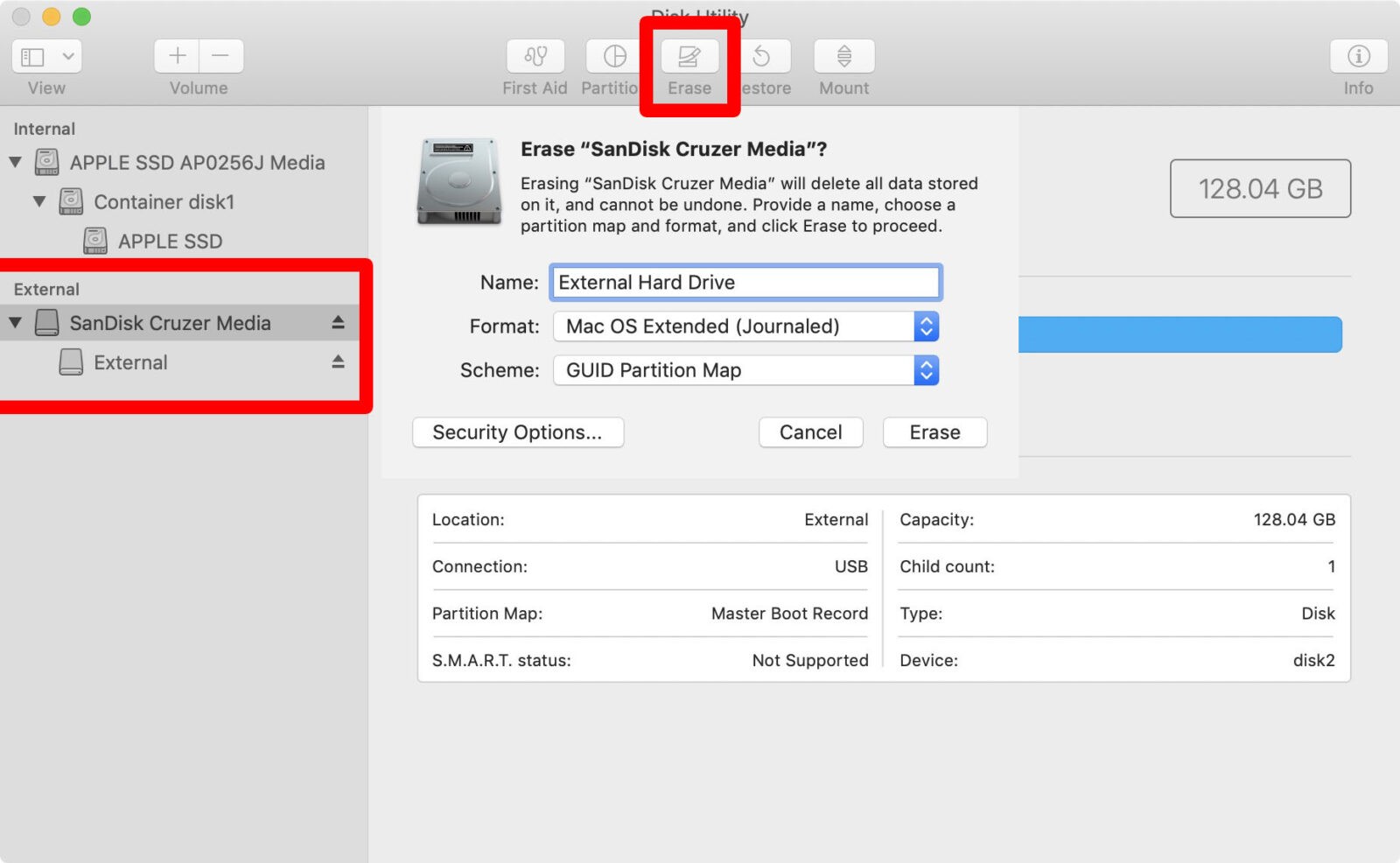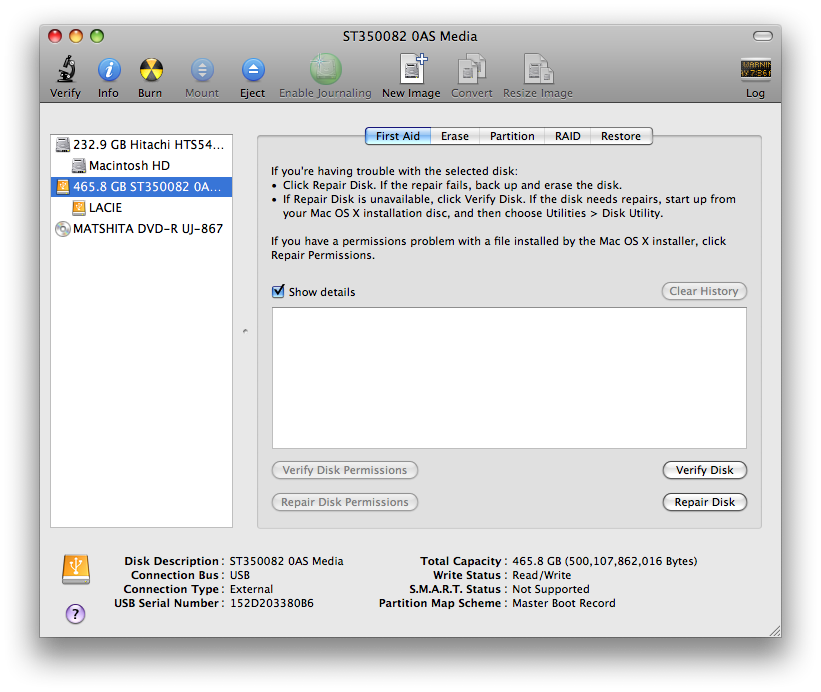




You can’t delete or erase your startup volume. (Optional) Click the Format pop-up menu, then choose an APFS format.(Optional) Enter a new name for the volume.In the Disk Utility app on your Mac, select the APFS volume you want to erase in the sidebar.When you erase a volume, all the data on the volume is permanently erased, and the empty volume remains in the container. Click the Delete Volume button in the toolbar.In the Disk Utility app on your Mac, select the APFS volume you want to delete in the sidebar.When you delete a volume, all the data on the volume is permanently erased, and the volume is removed from the container. Quota Size: The optional quota size limits how much storage the volume can allocate.Reserve Size: The optional reserve size ensures that the amount of storage remains available for this volume.If you want to manually manage APFS volume allocation, click Size Options, enter values in the fields, then click OK.If you want to encrypt the volume, choose APFS (Encrypted) or APFS (Case-sensitive, Encrypted).Click the Format pop-up menu, then choose an APFS format.In the Disk Utility app on your Mac, select an existing APFS volume in the sidebar, then click the Add Volume button in the toolbar.Each volume uses only part of the overall container, so the available space is the total size of the container, minus the size of all volumes in the container.Įach volume you add to an APFS container can have a different file system format, if needed. When a single APFS container (partition) has multiple volumes, the container’s free space is shared and can be allocated to any of the individual volumes as needed. Because you mentioned that the first link has gone bad, for reference to others: I have copied the entire support article: Add, delete, or erase APFS volumes in Disk Utility on MacĪpple File System (APFS) allocates disk space on demand.


 0 kommentar(er)
0 kommentar(er)
